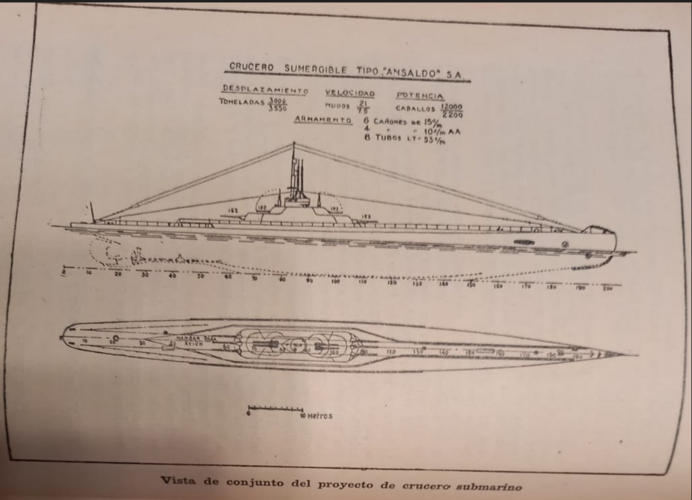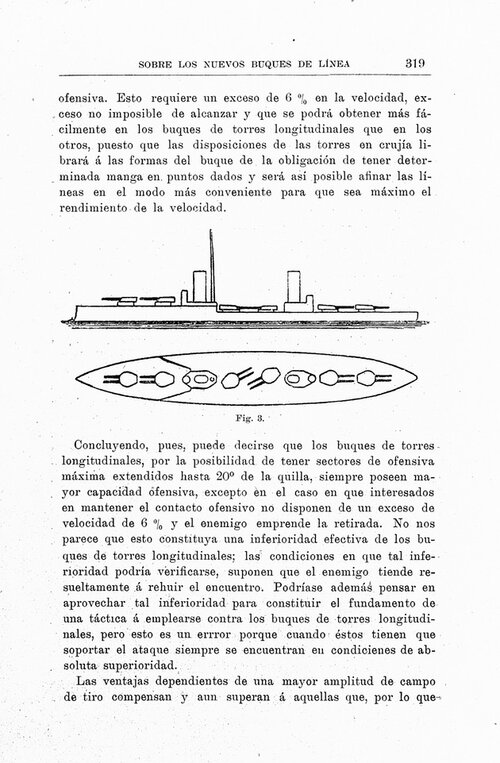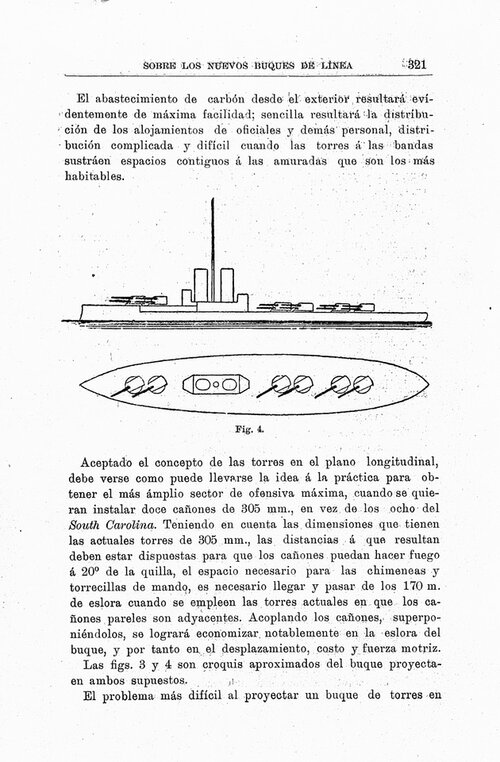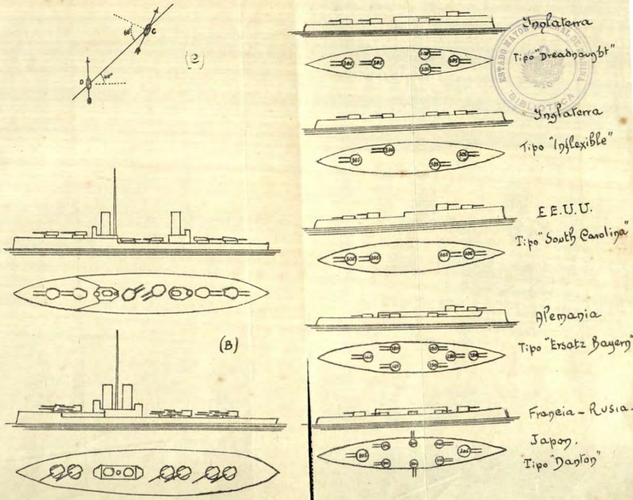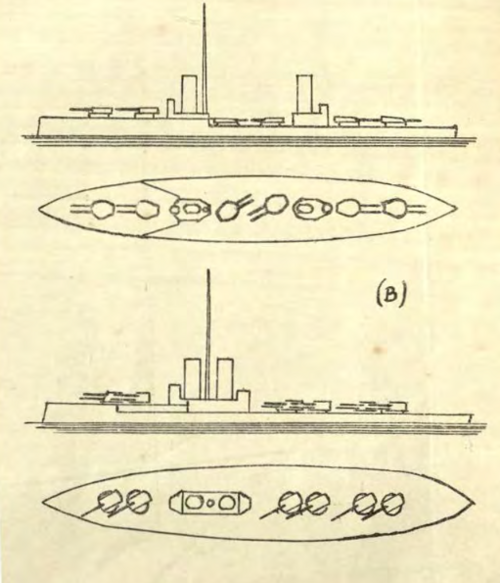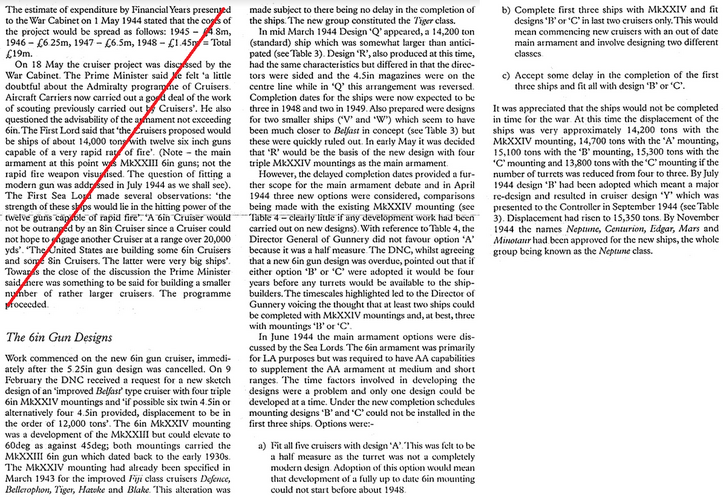Hello there.
Among the
Argentine purchases of Destroyers there are two cases that have controversial technical and historical details
and therefore deserve a mention.
First Destroyer: According to
von Rauch ("Conflict in the Souther Cone", page 185 and forums) and
Arguindeguy ("Apuntes Buques Armada Argentina V" p2285) Argentina between 1901-1902 ordered 6 destroyers of a unique class to be built at the Pattison shipyard in Naples, Italy. But in 1902 this order was canceled due to border treaties with Chile and the destroyers were incorporated into the Italian Navy as the Nembo class (Aquilone, Borea,Espera Nembo, Turbine, and Zeffiro; see
http://www.navypedia.org/ships/italy/it_dd_nembo.htm).
Among its features would be:
- Normal displacement: 380 t (according to von Rauch).
- Displacement full: 450 t (according to von Rauch and Arguindeguy).
- Length: 70.0 m (according to von Rauch and Arguindeguy).
- Breadth: 7.0 m (according to von Rauch and Arguindeguy).
- Draft: 1.9 m (according to von Rauch and Arguindeguy).
- No of shafts: 2 (according to author not found).
- Machinery: 2 VTE, 3 Thornycroft boilers (according to author not found).
- Power: 5,200 - 5,350 h. p. (according to von Rauch and 12,000 h. p. according to Arguindeguy).
- Max speed: 30 - 30.5 kts (according to von Rauch and 30 kts according to Arguindeguy).
- Fuel: coal 80 t. (according to von Rauch and 90 t according to Arguindeguy)
- Endurance: 2200 nm (9 kts) (according to author not found).
- Armament: 1 x 1 - 76/40 A, 3 x 1 - 57/43 N, 2 x 1 - 37/27? N, 4 x 1 - 457 TT. (according to author not found and 5 x 102, 2 x 533 according to Arguindeguy)
- Complement: 65 p (according to von Rauch and Arguindeguy).
Unfortunately I don't have the diagrams. And I have lost/forgotten a source of information.
Second Destroyer: According to
Arguindeguy ("Apuntes Buques Armada Argentina" Tº5 p2285) prior to 1915 a contract was signed with a shipyard for the purchase of 6 destroyers of a single class to be built in Italy. In these years it would be the fourth contract to acquire destroyers after the German "Catamarca/Córdoba", the British "San Luis" (resold to Greece), the French "San Juan/Mendoza" (requisitioned by this country) and the German "San Luis/Santiago del Estero" (requisitioned by this country and that replaced the English contract). With the Italian entry into the war, records of such ships have been lost.
In this case there are no details of the characteristics of the ships. Let us remember that the "Argentine Type 1910" that were requested from foreign shipyards had a base displacement of 1000 long tons, a maximum speed of 32 knots, four Bethlehem 100/50-millimeter guns and four Whithead 533-millimeter torpedo launchers (only the exception was the "San Luis/Santiago del Estero", which would be an enlarged version of the "Catamarca/Córdoba" and with 8 533mm torpedo launchers).
Unfortunately I don't have the diagrams either. My interpretation is that the historian Arguindeguy has mixed the characteristics of the destroyers of the years 1901/02 with those of the years 1914/15, which is evidenced by the rarity of the characteristics that he gives for "his" Nembo. Continuing with this idea, I believe that in the future we will find that this second type of destroyer was characterized by 5 102-millimeter guns and 2 533-millimeter launchers (a destroyer capable of complementing the "San Luis/Santiago del Estero" and capable of confront the Chilean "Almirante"). And in my opinion, with more or less criteria, it could be assimilated to the Italian "Poerio" class,
http://www.navypedia.org/ships/italy/it_dd_poerio.htm.
Regards, ColDown
Edit: Words.




























